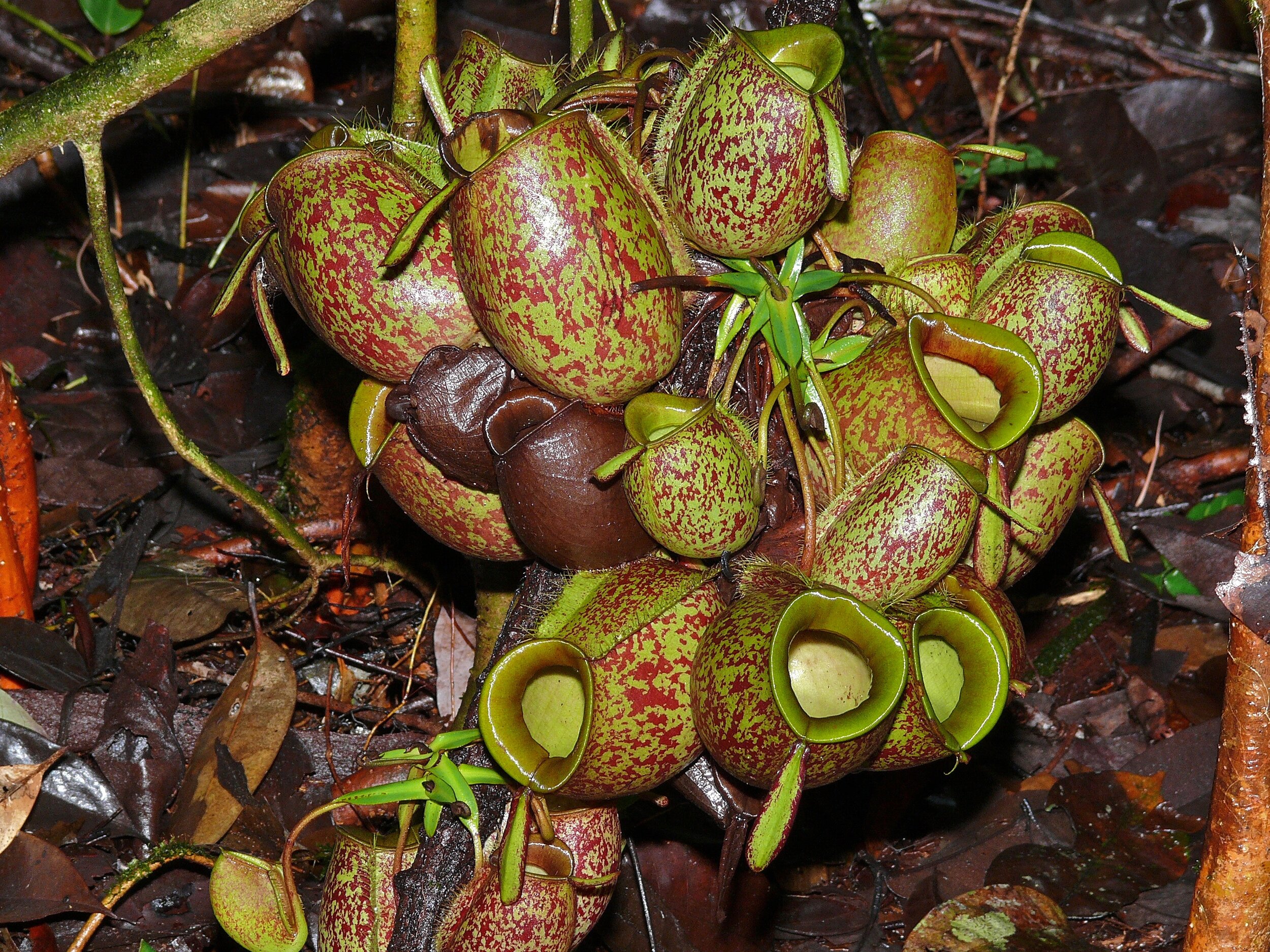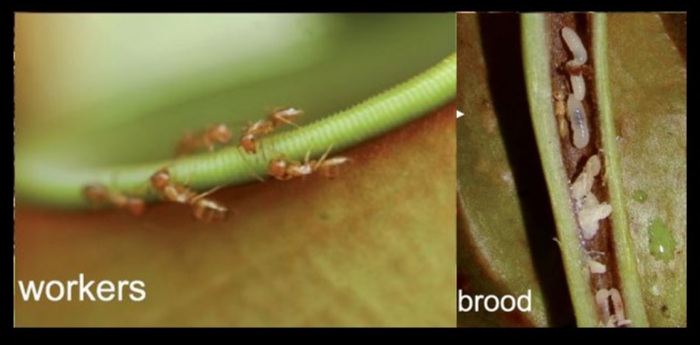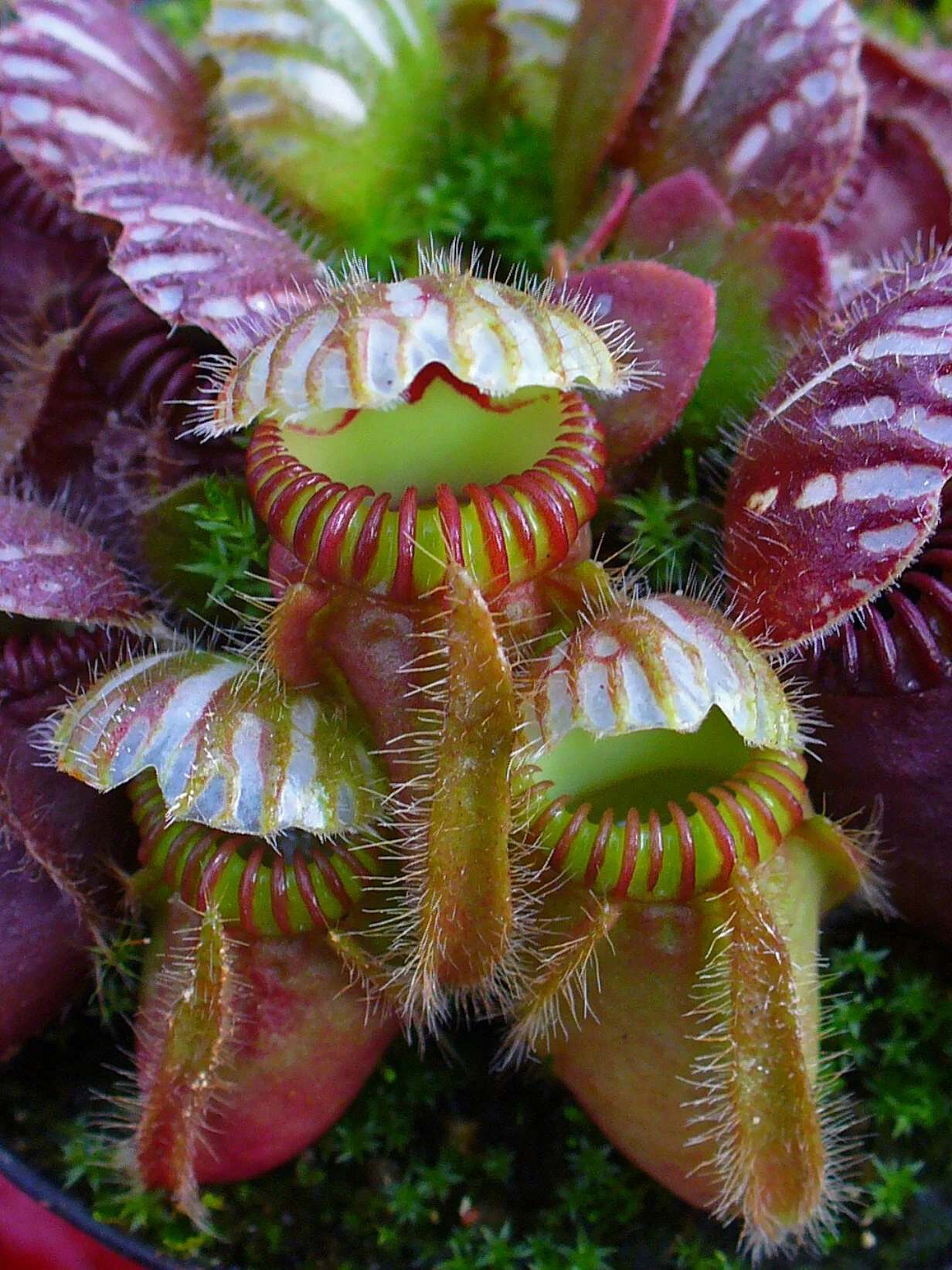Photo by Matt von Konrat Ph.D - Biblioteca Digital Mundial (eol.org) licensed under CC BY 3.0
Mention the word "liverwort" to most folks and you are going to get some funny looks. However, mention it to the right person and you will inevitably be drawn into a world of deep appreciation for this overlooked branch of the plant kingdom. The world of liverworts is best appreciated with a hand lens or microscope.
A complete lack of vascular tissue means this ancient lineage is often consigned to humid nooks and crannies. Look closely, however, and you are in for lots of surprises. For instance, did you know that there are liverworts that may be utilizing animal traps?
Right out of the gates I need to say that the most current research does not have this labelled as carnivorous behavior. Nonetheless, the presence of such derived morphological features in liverworts is quite sensational. These "traps" have been identified in at least two species of liverwort, Colura zoophaga, which is native to the highlands of Africa, and Pleurozia purpurea, which has a much wider distribution throughout the peatlands of the world.
A liverwort “trap” showing the lid (L), water sac (wl). {SOURCE]
The traps are incredibly small and likely derived from water storage organs. What is different about these traps is that they have a moveable lid that only opens inward. In the wild it is not uncommon to find these traps full of protozoans as well as other small microfauna. Researchers aimed to find out whether or not this is due to chance or if there is some active capture going on.
Using feeding experiments it was found that some protozoans are actually attracted to these plants. What's more these traps do indeed function in a similar way to the bladders of the known carnivorous genus Utricularia. Despite these observations, no digestive enzymes have been detected to date. For now researchers are suggesting that this is a form of "zoophagy" in which animals lured inside the traps die and are broken down by bacterial communities. In this way, these liverworts may be indirectly benefiting from the work of the bacteria.
This is not unheard of in the plant world. In fact, there are many species of pitcher plants that utilize similar methods of obtaining valuable nutrients. Certainly the lack of nutrients in the preferred habitats of these liverworts mean any supplement would be beneficial.
Photo Credits: Matt von Konrat Ph.D - Biblioteca Digital Mundial (eol.org), HESS ET AL. 2005 (http://www.bioone.org/doi/abs/10.1639/6), and Sebastian Hess (http://virtuelle.gefil.de/s-hess/forsch.html)
Further Reading: [1]

![A liverwort “trap” showing the lid (L), water sac (wl). {SOURCE]](https://images.squarespace-cdn.com/content/v1/544591e6e4b0135285aeb5b6/1453484005585-XO0ZD7MMGIVHXPW0JU5M/image-asset.jpeg)
![[SOURCE]](https://images.squarespace-cdn.com/content/v1/544591e6e4b0135285aeb5b6/1453483994540-FO0ROSLCBG9A6TRN9HHJ/image-asset.jpeg)















